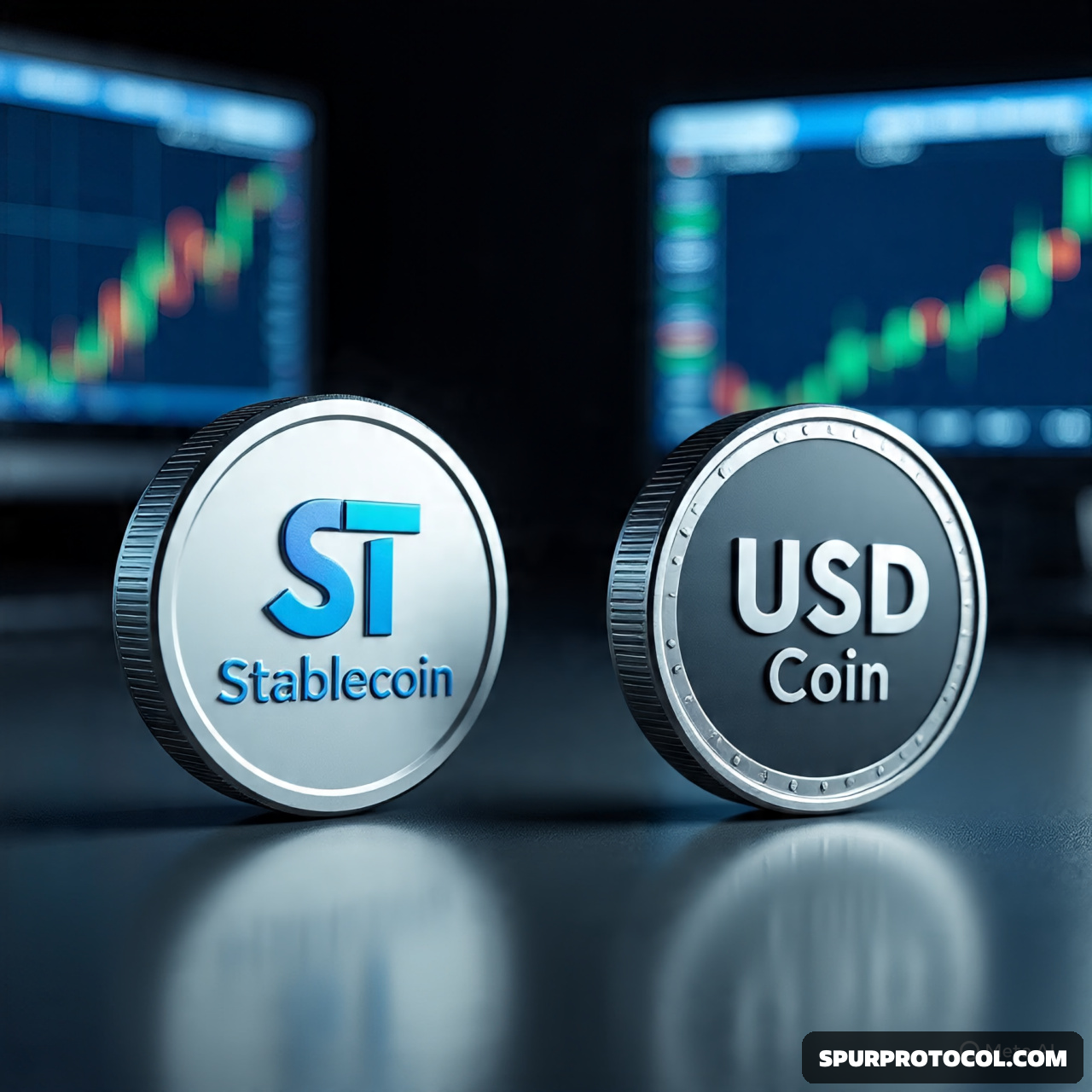What Is Difference Between USDT And USDC ?
in this article I tech difference between USDT and USDC
Go Back

🕒 11:10 AM
📅 Aug 22, 2025
✍️ By chekilebaron
what's the difference
between USDT and USDC
while both USDT and USDC aim te provide stability in the often turbulent crypto market, their approches differ
Stablecoins have become an essential part of the cryptocurrency ecosystem, acting as a bridge between volatile digital assets and the stability of traditional fiat currencies. Two of the most popular stablecoins are USDT (Tether) and USDC (USD Coin). While they both serve the same primary purpose, maintaining a value pegged to the US dollar, there are notable differences in their structure, transparency, and use cases.
1. Overview of USDT
USDT, or Tether, is one of the oldest and most widely used stablecoins. It was launched in 2014 and is issued by Tether Limited. Its value is pegged 1:1 with the US dollar, meaning that each USDT is intended to be backed by assets of equivalent value held in reserves. Tether is widely integrated across exchanges, making it a go-to choice for traders due to its high liquidity and availability across multiple blockchains like Ethereum, Tron, and Solana.
2. Overview of USDC
USDC, or USD Coin, is a stablecoin launched in 2018 by Circle and Coinbase under the CENTRE Consortium. Like USDT, it maintains a 1:1 peg to the US dollar. However, USDC has built its brand around transparency, with reserves regularly audited by independent accounting firms. It is primarily issued on Ethereum but is also available on other blockchains like Algorand, Stellar, and Solana.
3. Key Differences Between USDT and USDC
* Transparency and Audits:
USDC undergoes regular, publicly available audits, providing higher transparency into its reserves. USDT has faced criticism in the past over its reserve disclosures, although it has become more transparent over time.
* Adoption and Liquidity:
USDT dominates the market in terms of liquidity and trading pairs. It is available on almost every crypto exchange, while USDC has slightly less coverage but is growing rapidly.
* Regulatory Compliance:
USDC’s issuers are based in the US and operate under US regulatory oversight, making it a preferred choice for institutions seeking compliance-friendly stablecoins. Tether is based in Hong Kong and has historically faced more regulatory scrutiny.
* Blockchain Availability:
Both are multi-chain, but USDT supports a wider range of blockchains, giving it broader utility in cross-chain ecosystems.
4. Which One Should You Choose?
Your choice between USDT and USDC may come down to trust and use case. If you prioritize liquidity and the ability to move funds quickly across multiple platforms, USDT might be your best option. If you value transparency, regulation, and trust in reserves, USDC could be the better fit.
Understanding these differences can help you make an informed decision when holding, trading, or using stablecoins for transactions.

